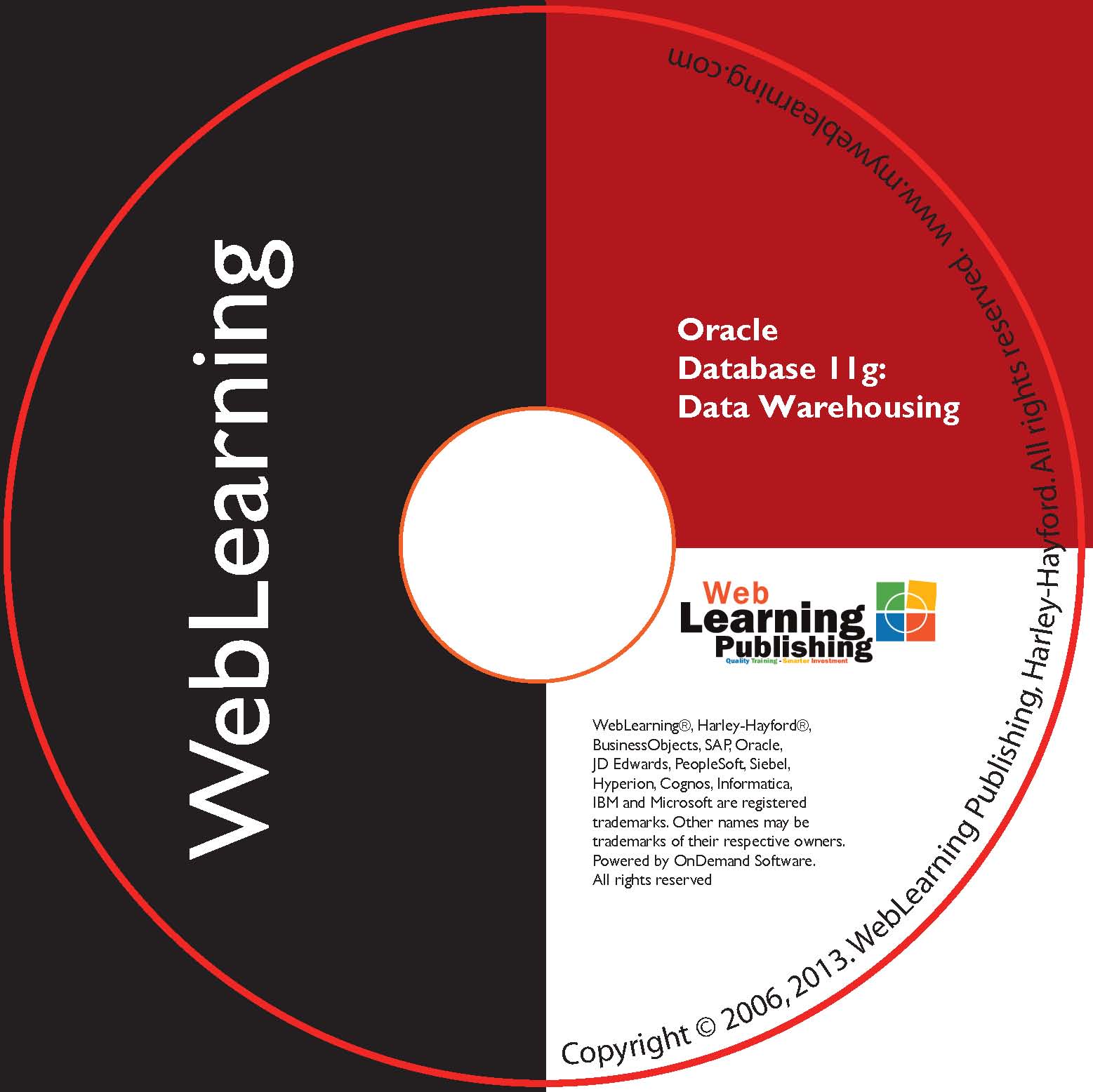DATA SCIENCE ACADEMY
Your Fast-track path to a career in Data Science, Data Engineering, Artificial Intelligence and Machine Learning





































.jpg)




























Learn from the best at your own pace anywtime, anywhere on any device.
SHARE THIS PAGE!